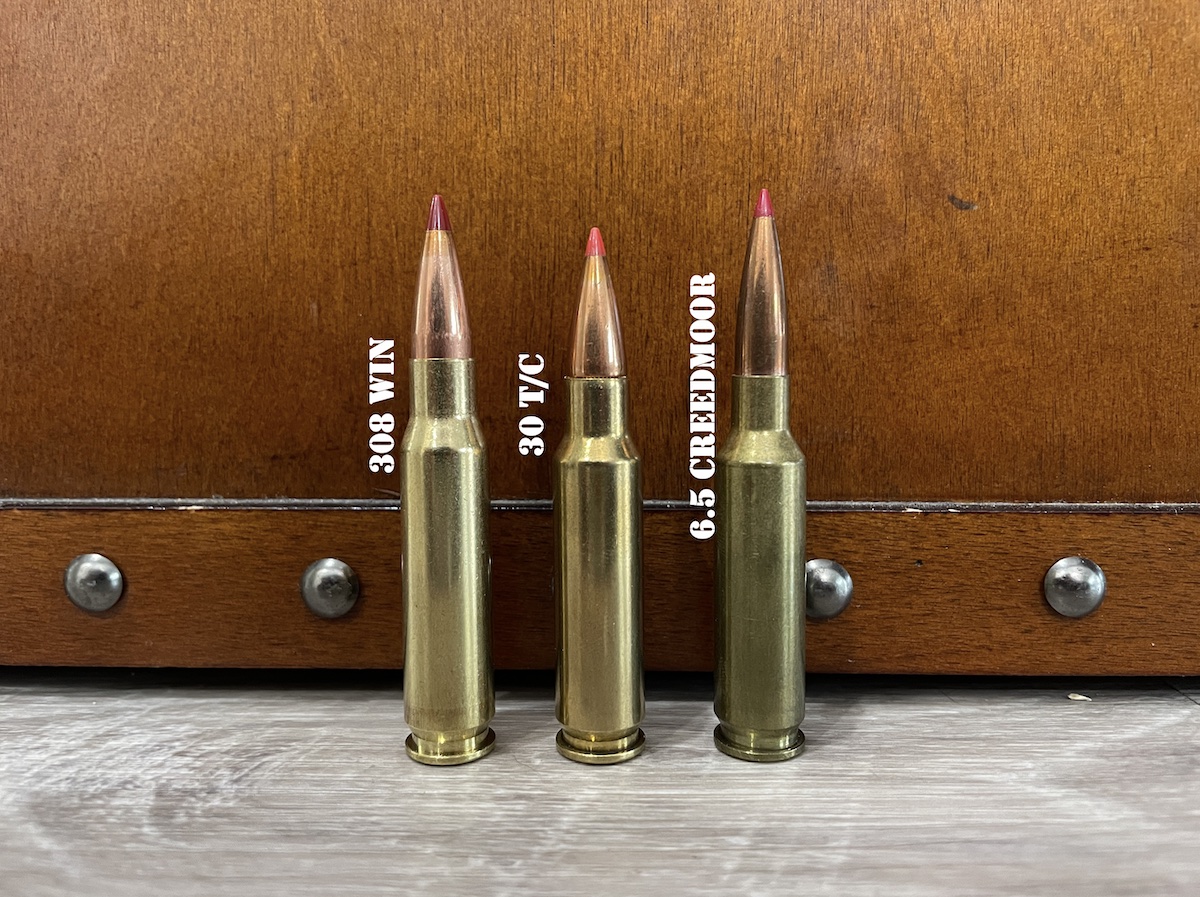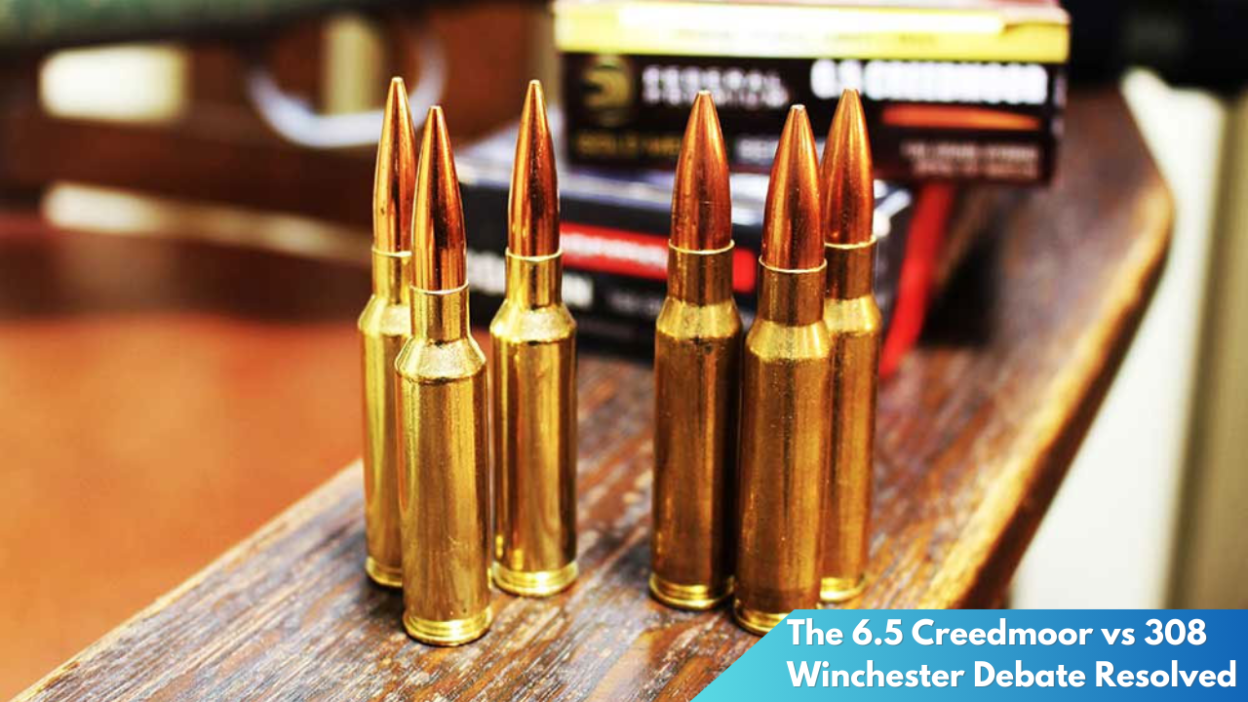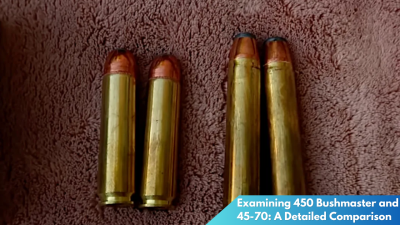In the world of precision shooting and hunting, few topics spark as much fervent debate as the comparison between the 6.5 Creedmoor and the .308 Winchester. Both calibers boast dedicated followings and offer distinct advantages depending on their application. As technology advances and preferences evolve, understanding the nuances between these two cartridges becomes essential for enthusiasts seeking optimal performance. This article delves into the key aspects of the 6.5 Creedmoor and .308 Winchester debate, examining ballistics and accuracy, cost, availability, and versatility to present a comprehensive resolution.
Unpacking the 6.5 Creedmoor vs 308 Winchester Debate
The 6.5 Creedmoor has gained a reputation as a long-range precision cartridge, garnering praise for its flat trajectory and reduced recoil. Developed in 2007 by Hornady, it was designed to provide superior performance for precision shooters and hunters alike. Meanwhile, the .308 Winchester, with its origins in the 1950s, has long been a staple in military and civilian markets. Known for its reliability and stopping power, the .308 has been a trusted choice for decades, often regarded as the gold standard for general-purpose shooting.
At the heart of the debate is the question of whether the 6.5 Creedmoor truly surpasses the .308 Winchester in terms of modern-day shooting needs. Proponents of the 6.5 argue that its higher ballistic coefficient allows it to maintain velocity and energy over longer distances, potentially outperforming the .308 Winchester in situations demanding precision at extended ranges. On the other hand, the .308’s advocates point to its versatility and proven track record, emphasizing its effectiveness in numerous scenarios, from tactical to hunting applications.
Despite their differences, both cartridges have carved out distinct roles, often appealing to different types of shooters. The choice ultimately depends on individual preferences and specific uses. While the 6.5 Creedmoor may be favored for its precision and efficiency in competitive shooting, the .308 Winchester’s robustness and adaptability cannot be easily dismissed. Understanding these roles is crucial in resolving the debate and making informed decisions based on needs and circumstances.
Performance Metrics: Comparing Ballistics and Accuracy
Ballistic performance has become a crucial metric for evaluating cartridges, and here, the 6.5 Creedmoor shines. It typically offers a flatter trajectory and reduced wind drift compared to the .308 Winchester, largely due to its higher ballistic coefficient bullets. These attributes make the 6.5 Creedmoor an attractive option for long-range shooters who require pinpoint accuracy and consistent performance in varying environmental conditions.
Accuracy is another key factor where the 6.5 Creedmoor often excels. Its reduced recoil facilitates quicker follow-up shots, an important consideration for competitive shooting. The smooth shooting experience can lead to improved accuracy for many shooters, particularly those who may find the .308’s recoil more challenging to manage. However, it is important to note that individual rifles and shooter skill play significant roles in overall accuracy, and both calibers can achieve exceptional precision with proper equipment and practice.
While the 6.5 Creedmoor may have technical advantages in ballistics and accuracy, it does not render the .308 Winchester obsolete. The .308 remains a highly capable cartridge, offering significant stopping power and wide applicability. In scenarios that prioritize immediate impact and reliability, such as hunting medium to large game, the .308 Winchester continues to be a formidable choice. Thus, while the 6.5 Creedmoor may edge out in certain performance metrics, the .308 Winchester maintains its place as a versatile and potent option.
Cost, Availability, and Versatility: A Final Verdict
When it comes to cost and availability, the .308 Winchester has the upper hand. Given its long-standing prevalence in both military and civilian markets, .308 ammunition is widely available and often more affordable than 6.5 Creedmoor. This accessibility makes it an appealing choice for those who prioritize cost-effectiveness and ease of procurement, especially for high-volume shooting or training purposes.
The versatility of the .308 Winchester is another significant factor in its favor. Its adaptability to various shooting disciplines and hunting scenarios ensures that shooters can confidently rely on it across a range of applications. Whether for target shooting, tactical use, or hunting, the .308’s well-rounded capabilities offer an assurance that is hard to match. Meanwhile, the 6.5 Creedmoor’s specialization in long-range precision makes it less versatile in comparison, but highly effective for its intended purpose.
Ultimately, the final verdict is not about declaring one cartridge superior to the other, but rather acknowledging their respective strengths and situational advantages. The 6.5 Creedmoor excels in precision shooting and long-range applications, while the .308 Winchester offers unmatched versatility and reliability. Shooters should consider their primary needs, preferences, and budget when choosing between these two formidable options.
The 6.5 Creedmoor vs .308 Winchester debate has persisted because both cartridges bring valuable attributes to the table. While the 6.5 Creedmoor may offer superior precision under specific conditions, the .308 Winchester’s versatility and availability continue to make it a staple among shooters. Rather than a binary choice, the decision should be based on individual requirements and intended use cases. In the end, both cartridges deserve a place in the modern shooter’s repertoire, each excelling in its domain and providing a wealth of options for diverse shooting needs.



